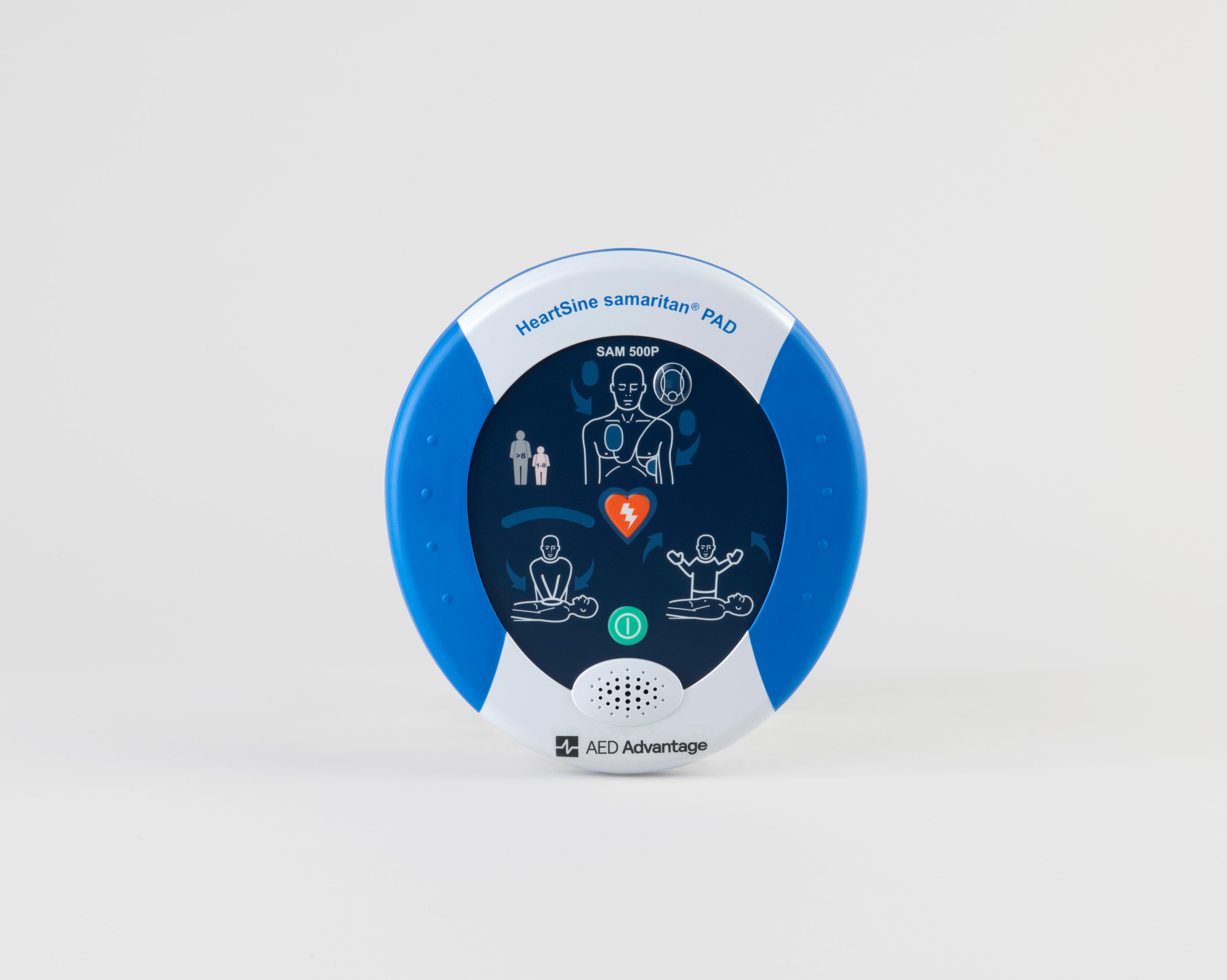What Is A Defibrillator?
A defibrillator is an automatic external defibrillator (AED) that can effectively restart the heart of a person who has suffered cardiac arrest. A cardiac arrest happens when the heart stops beating properly, which is usually due to an irregular heartbeat or a rhythm disturbance. When this happens, blood stops flowing to the brain and other organs, quickly depriving them of oxygen and nutrients and resulting in their death if not immediately treated.
When Would A Defibrillator Be Used?
If someone has suffered cardiac arrest, due to either ventricular fibrillation or another form of arrhythmia, then they may not be breathing normally. They may also have:
-
No pulse;
-
Weak pulse;
-
Become unresponsive;
-
Lost consciousness.
In these cases, immediate treatment with a defibrillator can save their life. In some cases, a person's heart will return to normal rhythm without the need for any intervention at all. However, if it doesn't then a defibrillator shock may be necessary in order to restore normal heart function and prevent brain damage due to lack of oxygen supply (hypoxia).
How Does A Defibrillator Work?
When a heart is beating in an abnormal rhythm, it can weaken and fail to pump blood throughout the body. A defibrillator is a device that helps restore the normal rhythm of a heart by delivering an electric shock through electrodes placed on the chest wall, which then spreads to the heart muscle.
Gasping for breath, turning blue, and having unexplained fainting spells are all signs of abnormal heart rhythms that might require treatment with a defibrillator. Your doctor may also use it to treat abnormal rhythms after you've had a heart attack or other condition that causes damage to your heart muscle.
Treatment with a defibrillator involves placing electrodes on your chest wall and delivering a small amount of electric current through them. That current interrupts the electrical signals that tell your heart to beat in an abnormal rhythm, allowing it to return to its normal rate.
What Are The Side Effects Of Using A Defibrillator?
Many people are concerned about the side effects or dangers of using a defibrillator—and for good reason, given that electricity is involved. But don't worry: defibrillators are safe to use, and their electric charge does not cause any lasting health problems.
The only documented side effect of using a defibrillator is a little bit of temporary pain at the site of the electrodes during use—often described as feeling like a bee sting or static electricity. Afterward, some people also report feeling exhausted and disoriented, although this may have more to do with the situation they're in (like the stress of being around so many strangers in an emergency).
Defibrillators Are Life-Saving Devices
The bottom line is that AEDs save lives. They are a cost-effective way to add a layer of security for the men and women who work in your business and the people who visit your facility on a daily basis. AEDs should be a staple of any workplace, small or large and we at AED Advantage will do everything that we possibly can to make sure that you receive the best equipment and highest level of service possible to ensure your safety.
